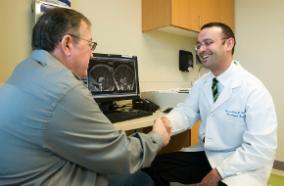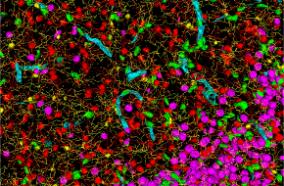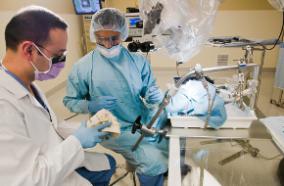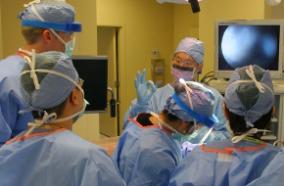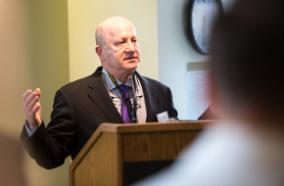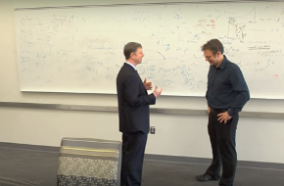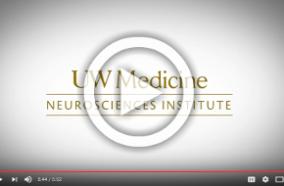Fully Automatic Finger Extensor Tendon Segmentation in Ultrasound Images of the Metacarpophalangeal Joint.
Fully Automatic Finger Extensor Tendon Segmentation in Ultrasound Images of the Metacarpophalangeal Joint.
Conf Proc IEEE Eng Med Biol Soc. 2018 07;2018:3406-3409
Authors: Martins N, Sultan MS, Veiga D, Ferreira M, Coimbra M
Abstract
In this work a fully automatic system to identify the extensor tendon on ultrasound images of the metacarpophalangeal joint is proposed. These images are used to diagnose rheumatic diseases which are one of the main causes of impairment and pain in developed countries. The early diagnosis of these conditions is crucial to a proper treatment and follow-up and so, a system such as the one proposed here, could be useful to automatically extract relevant information from the resulting images. This work is an extension of a previous published work which uses manual annotations of the skin line, metacarpus and phalange to guide the extensor tendon segmentation. By introducing automatic segmentations of all structures, we expect to create a fully automatic system, which is more interesting to the possible end-users. Results show that, despite an expected loss in the performance, it is still possible to correctly identify the extensor tendon with a Confidence of 88% considering a maximum allowed Modified Hausdorff Distance of 0.5mm.
PMID: 30441119 [PubMed - indexed for MEDLINE]

